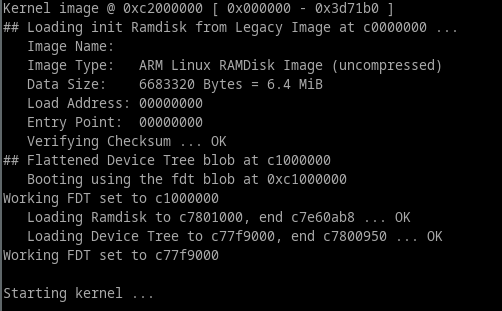Flattened Image Tree (FIT) with Yocto Long time ago, I wrota a post [1] that compared the legacy Image format against Flattened Image Tree Format (FIT) [2] and highlighted the benefits of using it. The benefits is still valid and FIT images is my preferred way to boot a Linux kernel. Dispite that, I almost never see that FIT images is used in examples nor Board Support Packages (BSPs).

